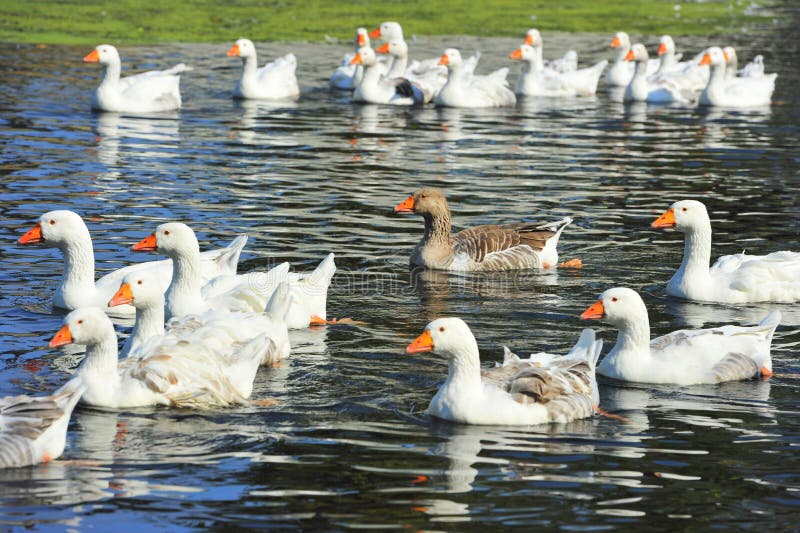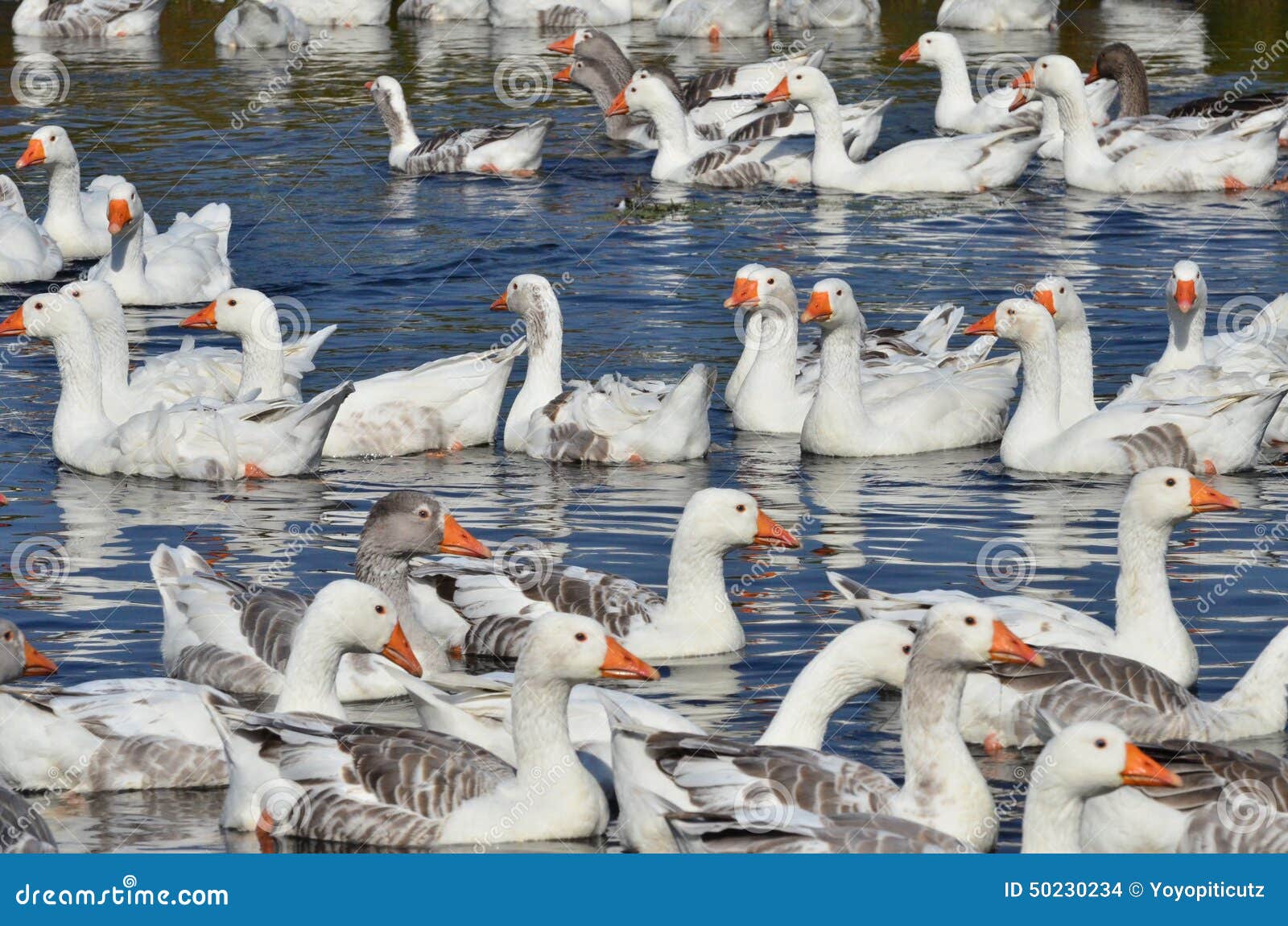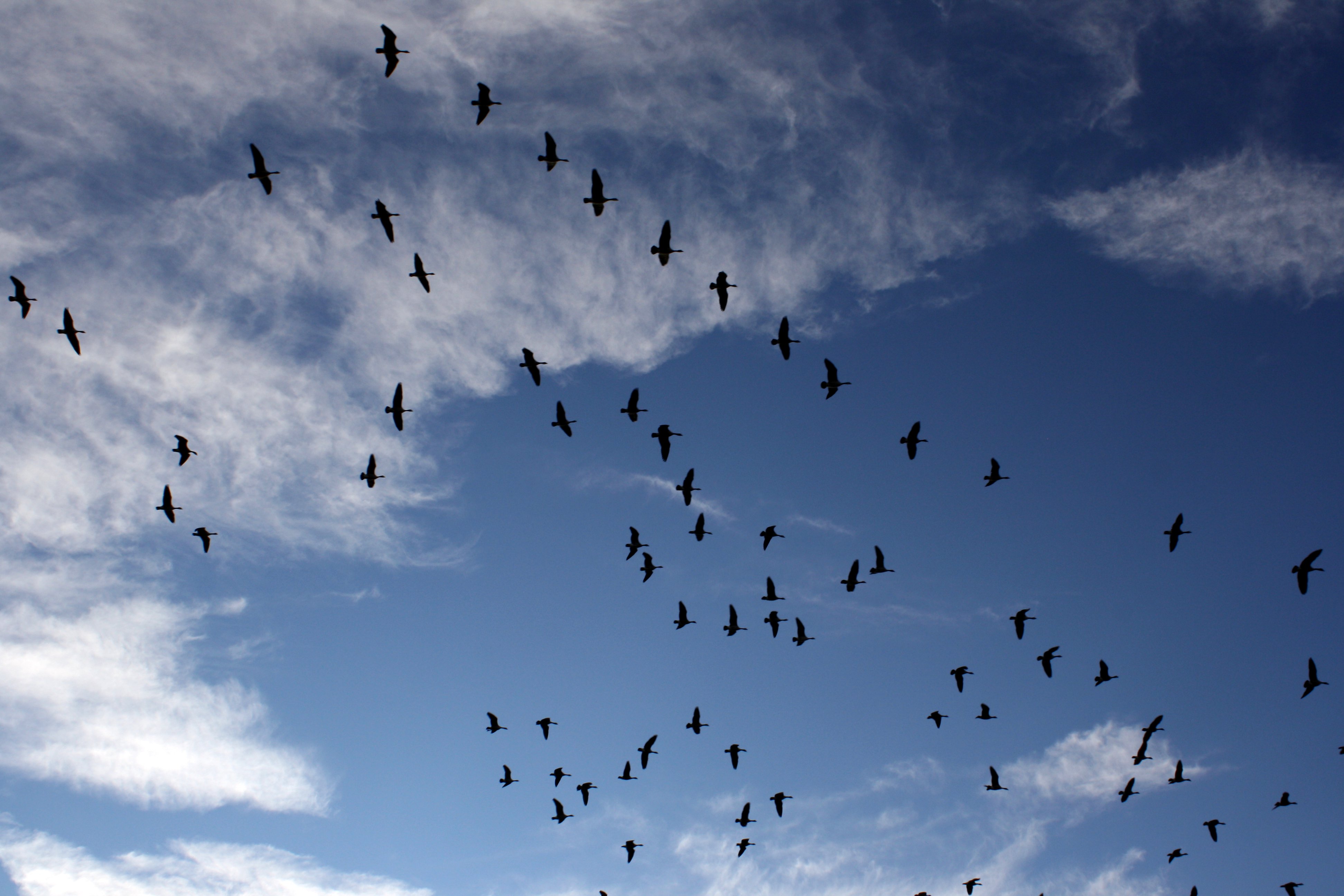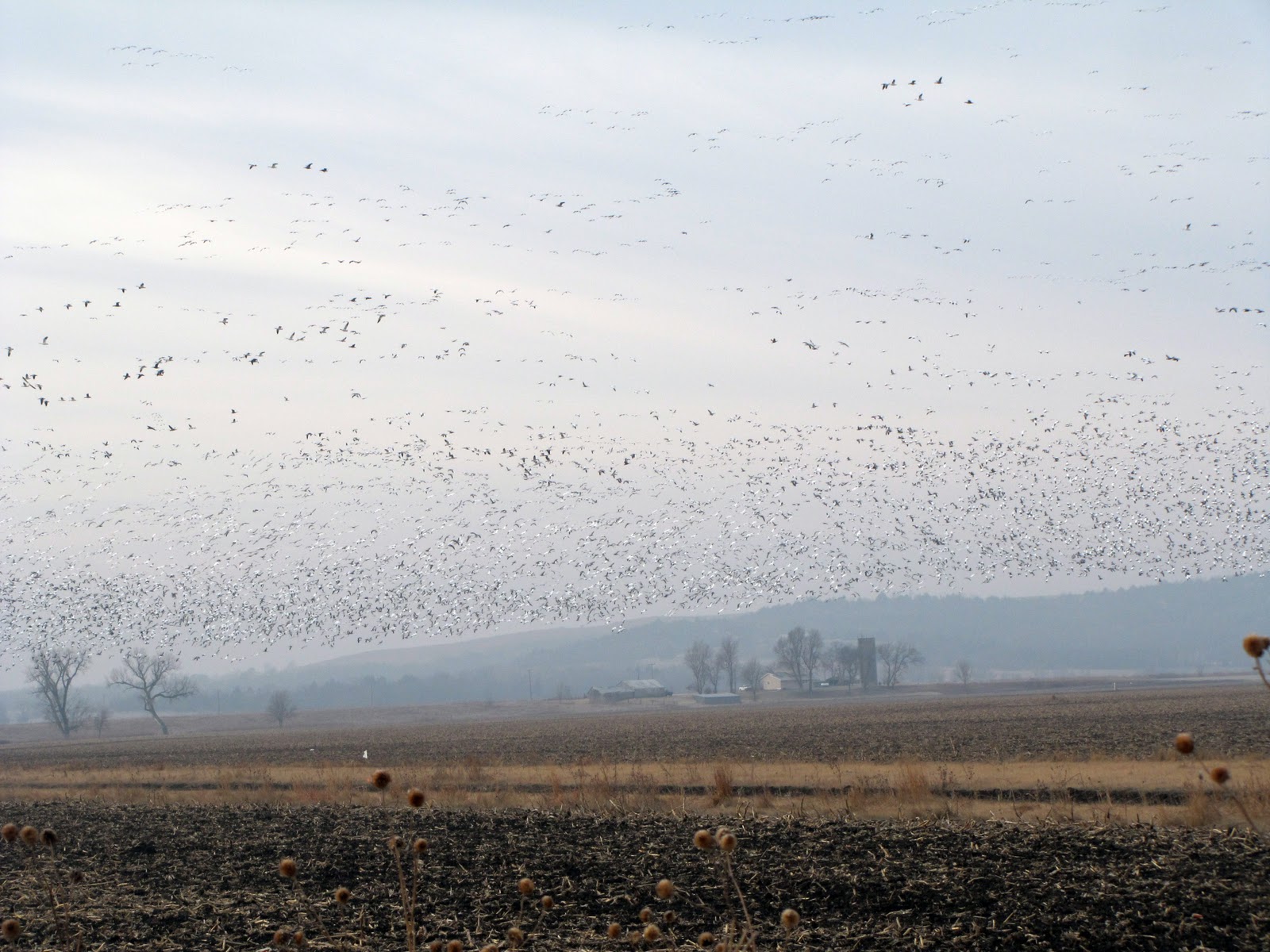

For example, Egyptian and Canada geese lay only a few eggs per season, meaning that selecting one of these breeds can help you save on flock upkeep. Weight class is not the only factor to consider, however.

Males of heavy breeds mate with only two or three females, whereas males of lightweight breeds can mate with as many as six females.

For example, if you want to obtain as many hatching eggs as possible while using the minimum number of male geese (ganders), you should consider a lightweight breed. Knowledge of the characteristics of breeds in certain weight classes is important when choosing a breed. Goose breeds are categorized into three classes, based on weight-heavy, medium, and light. There are eleven standard breeds of geese recognized by the American Poultry Association (APA). The APA publishes the American Standard of Perfection (also known as the APA standard), which describes the ideals for various breeds of domestic fowl. Geese even can be used as decoration-Egyptian geese are tiny (having a mature weight of only 4 to 5 pounds) and mostly are kept as ornamental birds. Geese can be used for exhibition, meat and egg production, feather and down production, guard duty, and weed control. However, different breeds have different characteristics, and the right breed for your flock depends on your intended use. Unlike with chickens, turkeys, and ducks (to a limited extent), little genetic selective breeding has occurred with geese. Jacquie Jacob, University of KentuckyĮuropeans raised domestic geese for both food and feathers long before settlers brought them to America. As floodwaters recede, invertebrates are pushed towards the surface if the water table remains high (within 20cm of the surface), providing prey for waders.Written by : Dr. In the winter, extensive but shallow (less than 50cm) flooding can bring huge numbers of wildfowl to some sites, especially where varied conditions provide opportunities for diving, dabbling and grazing species.

Most grazing marshes are used for pasturing cattle some are cut for hay or silage. A bye-product of fenland drainage, washlands were used for flood water storage. In East Anglia in particular, grazing marshes resulted from the creation of ‘washlands’. Floodplain grazing marsh has similarly generally been embanked, drained and agriculturally improved, however, in some cases, grazing marshes were created on better drained floodplains through the use of sluices and ditches, plenty of grass and field boundaries for grazing livestock. Coastal grazing marsh was generally ‘reclaimed’ from salt marsh through embankment and drainage, a process that started in the medieval period – the lines of old saltmarsh creeks are still sometimes evident. Tussocky (areas where grass is longer and thicker) and damp swards provide good habitat for foraging and breeding waders, and shallow flooding creates ideal conditions for wildfowl during the winter.Ĭoastal and floodplain grazing marsh is defined by proximity to water, topography and management rather than the underlying substrate or the vegetation. However, freshwater or brackish ditches (created for drainage purposes) and the remains of old creek systems where farmed land has been created on former saltmarsh can support interesting plants and good populations of invertebrates, including those such as dragonflies and damselflies that have both aquatic and terrestrial stages. Perennial rye-grass, Yorkshire fog and rushes tend to dominate the sward, enlivened by damper patches of floating sweet-grass, creeping bent and silverweed. Some 500 plants have been recorded from the most diverse grazing marshes, but these comprise just 5% of grazing marshes - most have been agriculturally ‘improved’ and are of limited botanical interest. Coastal and floodplain grazing marsh is found on low-lying coasts and along slow-flowing rivers and estuaries.


 0 kommentar(er)
0 kommentar(er)
